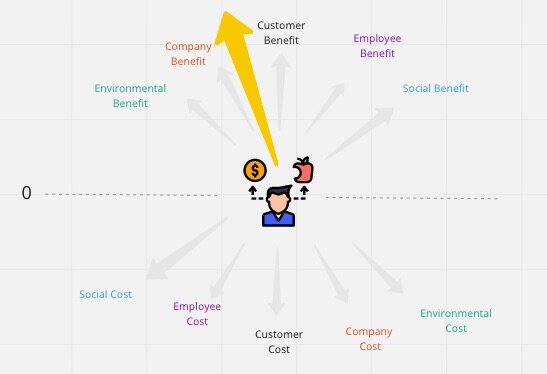Agile Education
The current 'standard' education system in North America stems from recommendations made in 1892 by the 'Committee of 10', a group of 10 educators headed by the then President of Harvard, Charles Eliot. The recommendations this group made were born of their times, only two decades after the Second Industrial Revolution. The recommendations were heavily influenced by the desire to measure and maximize human performance in a manner similar to that of Taylorism on the manufacturing floor. For instance, the length of any lesson was suggested to be between 52-57 mins as that was the optimal length of time that a worker on the factory floor could reliably perform a mundane task. The goal of the 'education' system was to process as many children as possible in an effecient manner. According to Sharon Friesen:
"Taylor and Thorndike’s models of schooling also defined teacher effectiveness. Relationships between teachers and students were seen as secondary to the importance of teachers managing the class by stressing punctuality, obedience and time on task and delivering information in a timely, efficient manner according to a prescribed schedule established far beyond the classroom. Learning goals were standardized, simple and invariant."
This model might have been effective if all children were created identically, but of course we now know that people learn via different mechanisms (visually, audibly, experientially etc) and can't be treated as a known input to a prescribed process in order to generate a prescribed outcome.
Educators on the forefront of their field, like Sharon, have long understood the need to transform education into a two-way conversation between teachers and students. This transformation does not preclude the need for struggle, hard work, and determination. It simply places emphasis on ensuring that those efforts are directed through consideration of many factors including the particular learning bias of each child and the appropriate environment and level of collaboration suitable for the desired pedagogical outcomes. This can only be arrived at using a mindset of experimentation and 'inspect and adapt' rather than a prescribed 'one-size-fits-all' approach.
At the elementary school that my kids go to, the school council has started an initiative to transform the existing school library into a Learning Commons; a flexible physical and virtual environment where teachers and students collaborate, experiment, and engage in critical thinking on their own and with others. The very nature of education and learning is changing and a key person necessary to help kickstart the change is often a Teacher/Librarian who acts like an Agile Coach; helping the students AND teachers discover new ways of learning, collaborating, and solving problems in an environment and at a pace suitable for the children.










